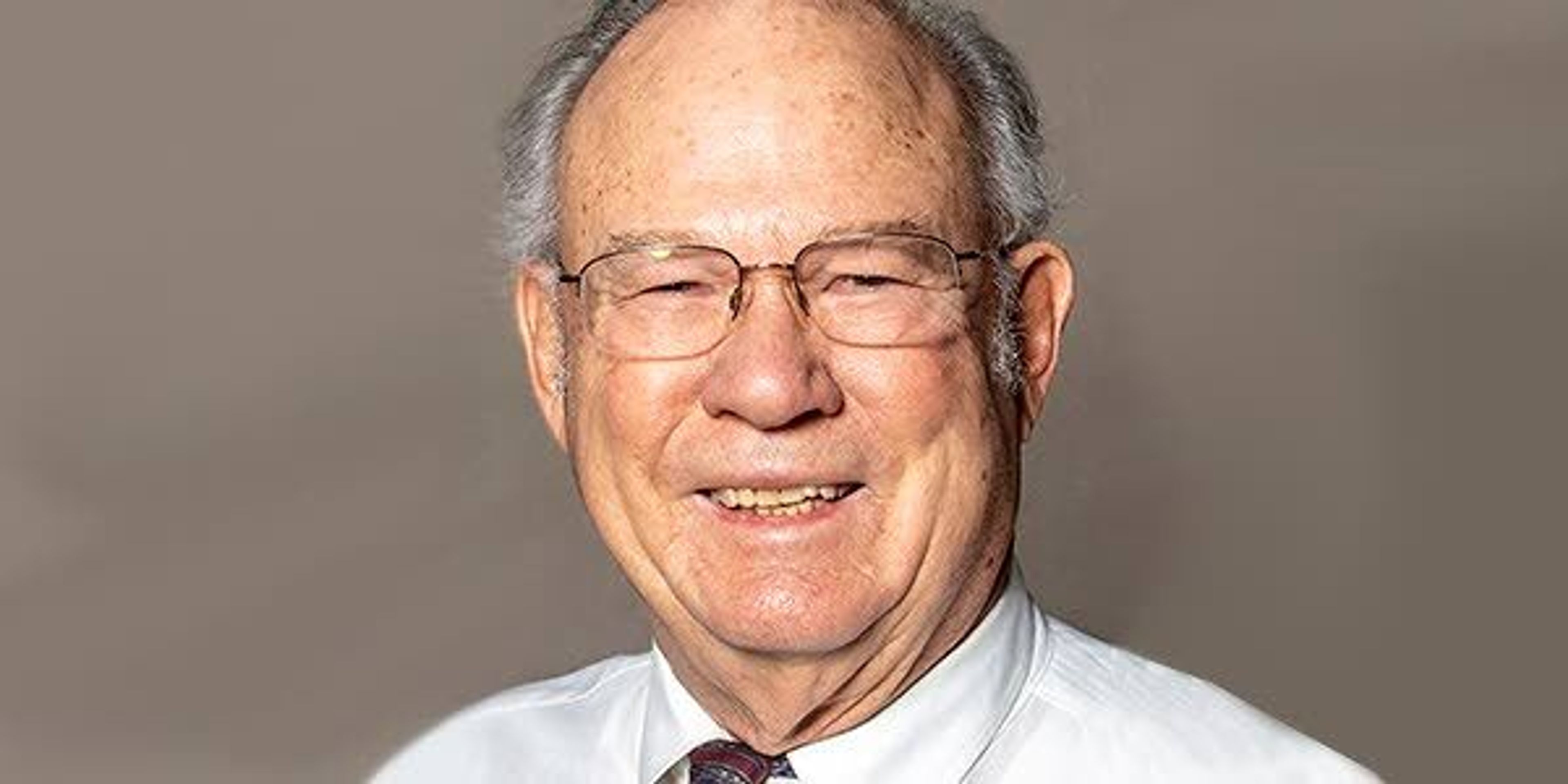In 2022, to no one’s surprise, Gov. Brad Little, the Republican nominee, won the general election in a landslide, over a Democratic nominee, Stephen Heidt, who had — at most — unenthusiastic support from his own party.
Out of about 1,000 precincts statewide in Idaho, voters in just 15 cast zero votes for Heidt. Those 15 were small: The largest, Mohler in Lewis County, cast 142 votes total for governor, and in one precinct (Bonneville 27) no one voted at all, for anyone, in that race.
So in about 984 out of 1,000 precincts, someone voted for a Democrat for governor even when the Democrat got little in-party support and when the Republican probably got above-average backing across the board.
This is not unusual but rather is part of a persistent pattern. How about this? In 2020, when Republican Donald Trump romped to a landslide win in Idaho, Democrat Joe Biden won at least one vote in all but five precincts out of what were then about 960. (One of those five being zero-voting Bonneville 27.)
You might reply that in the bulk of Idaho precincts, Republican votes have outnumbered the Democratic, in many places by a lot, and that is true. But that’s not all you should notice.
Bear in mind that in most Idaho places outside of Boise — the Wood River Valley, central Pocatello and Moscow and a few other dots on the map — this takes some doing. These are people who weren’t getting a lot of encouragement from their neighbors, or probably from anyone nearby. Probably few dared to openly declare their party preference. In some places in Idaho these days that can be dangerous: In many circles Democrats have been demonized as, well, literal demons, or worse. They were not going with the flow. These were determined people.
Their overall numbers are not a majority but they are significant: Heidt’s more than 120,000 votes, which could be considered a cellar, are more than a sliver of the electorate.
So are the members of a highly active Facebook group of Idaho women who supported the Biden-Harris ticket, who number more than 10,000.
I would call this substantial raw material for building a serious political base.
They are worth considering as the state Democratic Party gears up its organizational efforts. The advances it has made in the last couple of years, mostly under the radar and working quietly in grass roots, has excellent chances of making a difference if it continues what’s already begun.
A couple of years ago, for example, a quarter of Idaho counties were “dark,” meaning they had no Democratic organization or party representatives at all. Now none are dark.
And they’ve started to make their efforts visible. In Clark County, Idaho’s smallest and very Republican county, local Democrats organized and even placed a float in the city parade. It was a significant demonstration: There are Democrats in this place and they’re willing to declare themselves as such.
It might not sound like much, but if even a handful of Democrats in Clark County go from quiet and cowering to publicly getting out there, saying their piece and openly competing, how many people might shift their partisan views? Maybe more than you’d think.
Doing those things is an essential first step for Democrats to make a comeback, to at least some level of competitiveness, in Idaho.
Idaho Democratic Party Executive Director Jared DeLoof recently generated some headlines with a commitment to place a Democratic legislative nominee in at least every legislative district in the state next election. That’s a good move since, in recent years, Democrats have been conceding control of the Legislature at the end of the filing period, by contesting too few seats.
But more important is the less-noticed organizational work at the local level, which DeLoof correctly said must precede and undergird the candidates’ campaigns. For decades, Democratic candidates in Idaho have often run for office largely by themselves, with little organized help from the party. That, possibly, may be about to change.
OK, OK: The horizon on which Democrats are favored to win Idaho elections as a usual outcome remains off into the future. But we could be getting closer to that horizon. Today, there isn’t a good reason Idaho Democrats shouldn’t be more competitive.
The raw materials have been out there. Now, maybe, so might be the party machinery needed to take advantage of them, and maybe win some elections.
Stapilus is a former Idaho newspaper reporter and editor and blogs at ridenbaugh.com. His email address is stapilus@ridenbaugh.com.









